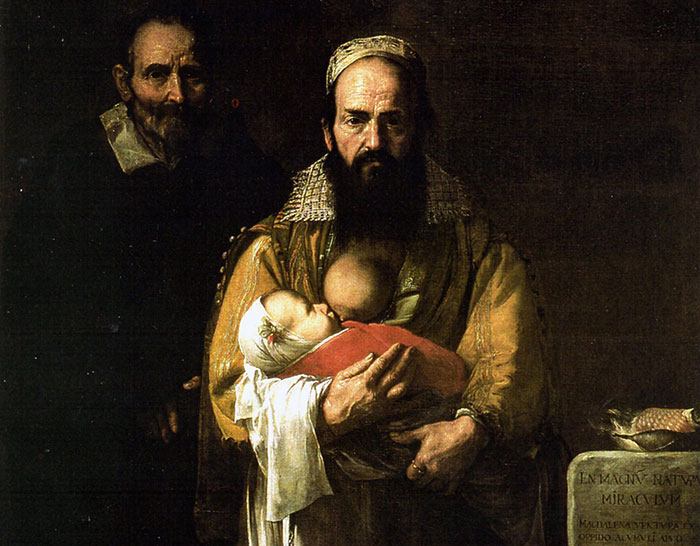Book documents challenges of undefined gender in 1700s Spain

LAWRENCE — In his writings on sex and sexuality, Spanish Enlightenment author Martín Martínez provided the parameters on how to see and name the body based on its social functions.
For scholars, the anatomist's work gets to the heart of a debate initiated by Thomas Laqueur on whether modern notions of sex and gender were in fact created in the 18th century. Laqueur argued that in the early 1700s the "two-sex model" characteristic of modern Western societies became the dominant model for understanding sexual difference. The work of anatomists like Martínez shows that delineating the exact difference between the sexes was entirely necessary not only for the purpose of human reproduction but also for the organization of society.
 In her new book, Marta Vicente, a University of Kansas researcher who specializes in European women's history, gender and sexuality, argues that Martínez and other anatomists of the time felt the need to find such a sexual distinction because of a larger socioeconomic impulse. She examines 18th-century Spanish criminal and Inquisition cases as well as legal and medical texts of the time that documented individuals whose ambiguous sex and gender challenged these assertions.
In her new book, Marta Vicente, a University of Kansas researcher who specializes in European women's history, gender and sexuality, argues that Martínez and other anatomists of the time felt the need to find such a sexual distinction because of a larger socioeconomic impulse. She examines 18th-century Spanish criminal and Inquisition cases as well as legal and medical texts of the time that documented individuals whose ambiguous sex and gender challenged these assertions.
"What I found is this emphasis on separating the sexes and making them correspond to the appropriate gender was responding to some political and social needs of what I call a heterosexual project," said Vicente, associate professor of history and women, gender & sexuality studies, whose findings are published by Cambridge University Press in "Debating Sex and Gender in Eighteenth Century Spain."
The debate has major significance today amid discussions of transgender people's rights and policies. In her book, Vicente looks at how feminists and queer theorists in the 20th and 21st centuries are on one hand heirs of the ideas of the Enlightenment, while at the same time they are fighting this strict division and trying to question it.
A key discussion amid the 18th-century debates that continues today, she said, is how the idea of "nature versus nurture" shapes sex and gender.
"Do we assume that men are more aggressive and women are more able to internalize stress because women are born that way or they have been socialized to have been like this? Until we do not separate the limits between nature and nurture, or if in fact there are any, we won't be able to figure that out," Vicente said.
For the book, she found legal, criminal and Inquisition trials as well as medical treatises where authorities in early modern Spain wrestled with cases of ambiguous sex and gender. This included the case of Sebastián/María Leirado, a Madrid tavernkeeper whose sex and gender were famously confused.
Leirado was arrested several times for being accused of cross-dressing as a man because people thought she was the famous actress and dancer, María Teresa Garrido, disguised as a male tavernkeeper.
"In a way, this ambiguous gender had to reflect an ambiguous sex so physicians had to examine Leirado seven times in the period of five years, from 1764 throughout 1769," Vicente said.
In his final arrest, Leirado was accused of sodomy, which landed him in prison.
"This case is an example of how the division of the sexes as determined by the anatomists was not totally viable in the practice of their society," Vicente said.
Interestingly, she said, the idea that anatomists like Martínez felt the need to find the sexual distinctions based on larger social impulses represents a paradox characteristic of modern society whereby moral truths have to be built upon scientific evidence.
Vicente found the struggle to acknowledge the potential variability and malleability of a body that constantly adapted to its social environment while believing the physical body was grounded in static and "natural" truths spilled into other major areas of society, like law and philosophy.
"I would say that in recent decades, this idea has been questioned, but I don't know whether it has been totally removed," she said. "We still have a legal system that believes in the separation of the sexes, and it's clear that in many cases transgender individuals who change their gender denomination are still asked whether they identify as women or men. A set of undefined gender is still a challenge."
Image: "Magdalena Ventura with her Husband and Son," Jusepe de Ribera, 1631. Credit: WikiCommons.